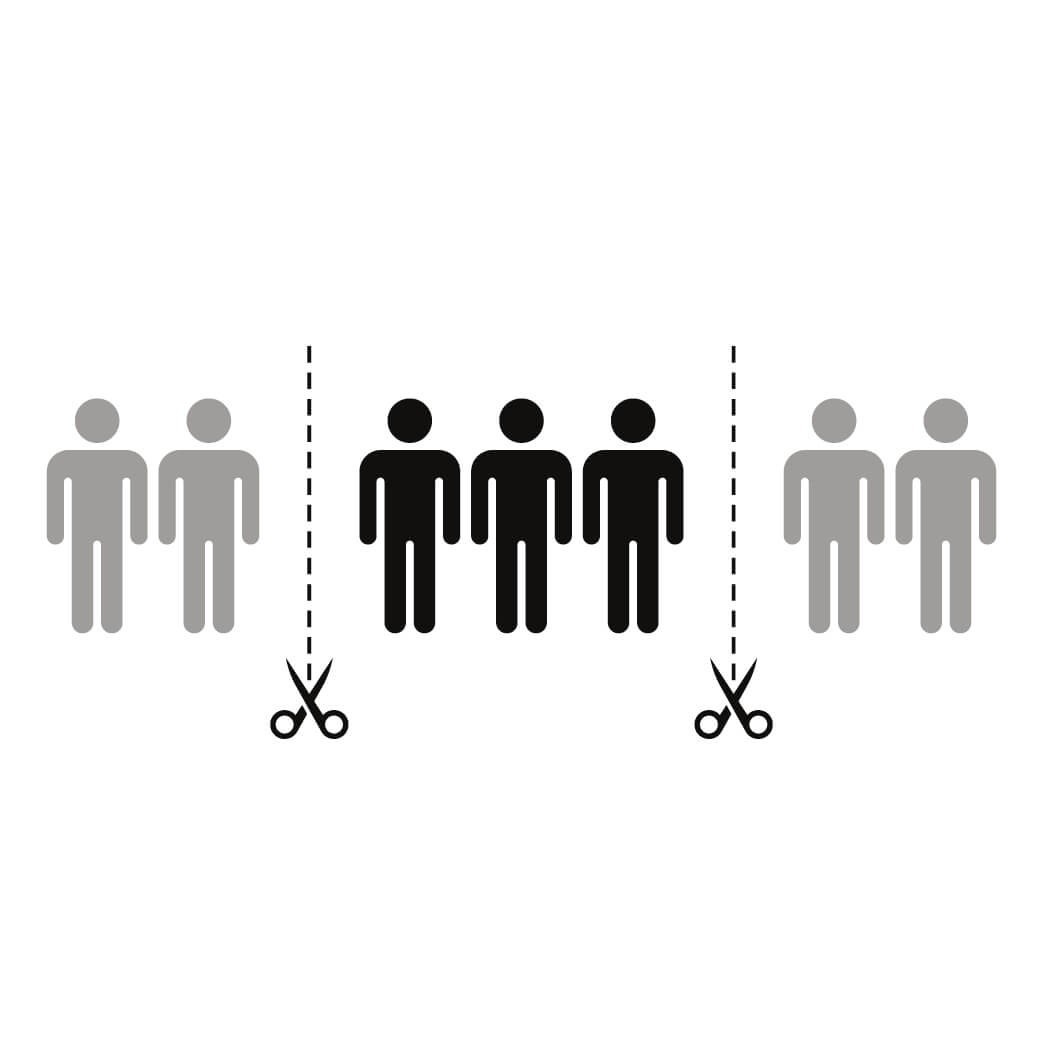
My wife and I are considering getting our dog a pet dog. Well, not exactly, but I’ve always found that notion funny since I saw it on the show Dharma and Greg a thousand years ago. Of the two dogs that a rescue group is setting us up for a meet & greet, one is unusual (for a pit bull) in that it is jet black – seemingly from a cross with a black labrador. We were discussing this on our walk this morning and, possibly influenced by my upcoming visit to the Auschwitz exhibit at the Ronald Reagan Library, I remembered the dog from the movie Dambusters.
When I was a wee lad in England, the Dambusters raid was still a source of UK pride. The classic movie is about a raid that British planes made on the Ruhr Valley in Germany in an effort to deliver a mortal blow to the German war factories. The plan was to bomb the dams holding back giant reservoirs and that the resultant flood would cripple the industrial center of Germany. What made the raid so special was that the planes used “bouncing bombs,” an invention of the legendary scientist, Barnes Wallace, that were dropped from the planes at low altitude and skipped across the reservoir, like a kid would skip a stone across water, and then collide with the dam and sink down to the depth where a blast would do the most damage. Two of the three targeted dams, the Möhne and the Eder were breached in the raid.
More recently, the movie has become also famous for the name of the Squadron Leader’s dog. It was a black lab named the “N” word. As a core character in the movie, its name is called many times. In fact, the morse code signal (in real life) that the Möhne dam was breached was the name of the dog.
As I told my wife this story, I related that when I was growing up in the UK, the “N” word had no real meaning. We were aware that in the US this was a bad word, but it carried no weight in the UK and was not in usage even by people that were looking for such pejoratives. We had the “W” word and, at a slightly lower level, the word “Sambo” that I was amazed to find still in use as the name for a restaurant in Santa Barbara when I moved here. (I’m happy to say it is now called Chad’s and I can now eat there – though, sadly, it took the death of George Floyd to elicit the change.)
Anyway, this led my wife to discuss an Ethicist column that she had read this morning in the New York Times about whether it is OK to visit Plantation “museums” that support quasi-confederate non-profits. She additionally mentioned a plantation where a Scarlett O’Hara type gives a “living-history” lesson while being attended to by an Aunt Jemima character. We discussed if it would be OK if the Auschwitz exhibit would ever consider having real, live emaciated people herded by German guards as a living-history exhibit.
And, for me, this is where the Relational Intersect comes in. Because the way we would imagine these situations presented, if they chose to do so, would be with relentlessly cruel, psychopathic guards or, in the plantation case, a wickedly cruel mistress. That would make sense to us as to how we perceive such people to be. However, the likely truth is, frankly, even more chilling.
A few years back, I read the book, Ordinary Men, by Christopher Browning. It is the story of Reserve Police Battalion 101 of the German Police in Poland in 1942. The fulcrum of the story, on which the book is named, is that the atrocities detailed, which ran the full list of brutalities targeting Jews in WWII, were committed by ordinary men that came from ordinary jobs, who pulled on a uniform and committed these crimes and then, after the war, largely went back to their ordinary lives. For most of them, you would not, in meeting their civilian selves, get any inkling of the brutalities they would repeatedly commit in wartime.
When I went to visit a good friend in South Carolina 20-years or so ago, I was dumbfounded, when given a tour of Charleston, that the confederate flag was still being flown over the State Capital. My friend’s mom, on hearing my “Is that for real!?” protests, said, “We love our Black people.” She meant it. And when I was in Alabama 2 years back and a friend of a friend casually referred to someone by, “he’s a Black fella, but he’s alright,” I’m sure he was paying an actual compliment. What was not lost on me was that when some people say that nannies, servants or slaves are or were, “part of the family” or “loved,” the status being conferred is, at best, on a level of someone feeble-minded who needs direction and, at worst, of a favorite animal, albeit one that, nonetheless, can face severe chastisement for perceived disobedience – including the pursuit of equal rights.
In the US, farmers are not inherently cruel. But US industrial farming certainly is. The only way that that dichotomy can work is that we ascribe farm animals to a level of understanding, feelings, emotions and pain that is much lower than actually true. We don’t want to change our behaviour, so we instead “change” our beliefs about the animals to make our behaviour excusable or even warrantable.
In similar ways, over the sands of history, one group has ascribed an ulterior, pejorative identity toward another group and then allowed themselves to suspend their humanity toward them. The Europeans did it to the North and South American Indians. The Turks did it to the Armenians. The Belgians to the Congolese. The reason that ordinary men were able to commit such heinous atrocities is that people were dehumanized: The German Reserve Police saw their job much as ranchers of beef-cattle see theirs; with round-ups, pens, herding and industrial level killing. The people that Dr. Josef Mengele experimented on were seen similarly to the rats and beagles that scientists now vivisect, developing new shampoos and studying smoking effects: “For the benefit of humans.” On plantations, people were bought, sold and worked, just like livestock.
The changing of people’s identity toward dehumanization greases the wheels of genocide.
But before any of us finish turning the cell-door key on all these people, or thinking this only applies to history, we should spend some introspective time on how we dehumanize those that we disagree with, either by denigration toward them: e.g., MAGA-nuts, Libtards, or by comparative compliments to ourselves, e.g., Patriot, social-warrior. You only have to spend 5 minutes on Facebook, Twitter, the Nextdoor app or, sadly now, a school board meeting, to see how hair-trigger and massive is the pent-up anger in so many people. And dehumanizing is the method of legitimizing its release. Casual massacre is a trending topic.
Today it’s words; what shall tomorrow bring? All those “crazies,” “Karens” and “wokes” are ordinary people. Just like you.
Maybe ask yourself what deductive shortcuts or downright fabrications you give credence to, so that the unsupported facts you wish to believe in seem… ordinary.

When humans face true cataclysm, we pull together. When it’s about money and power, not so much.

When people see public health messages directed at them, they are very aware that others can see them also and it can trigger concern of how other people in the community now think about them.
People seek to have power over their own lives. Teens, adults, older adults – everyone. What happens when they feel powerless? What happens when you or your communications make them feel they have less power?
The way we talk to others demand that they accept an identity for themselves, and sets up a particular relational dynamic. If we're not careful, that identity can be stigmatizing or turn away the very people we're trying to help.
Get the latest posts and updates delivered to your inbox.